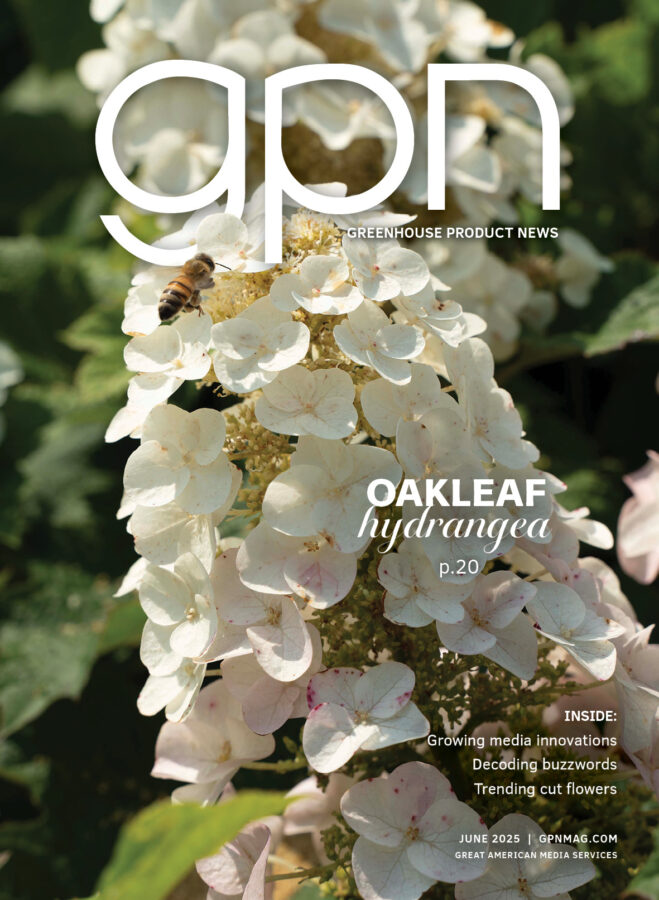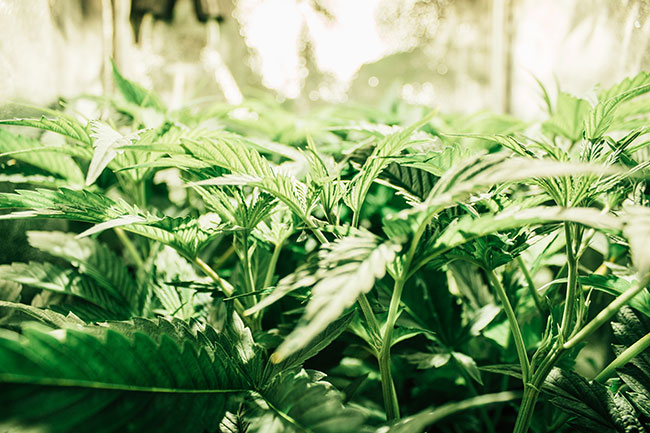
Converting From Poultry Production to Hemp
Greg Westerholm and his business partner Freddy Fonzo left the restaurant industry in 2019 in search of a new experience that would challenge them while allowing them to still have fun. They ended up in Braselton, Georgia, with a unique idea on how to grow hemp.
“Anybody in the restaurant industry is a bit of an adrenaline junkie,” says Westerholm, cofounder of Southern Realm. “We like the rush. We like busy nights. We’re crazy. We work on the weekends. We do all these things that are untraditional and that’s kind of what this [hemp] industry is.”
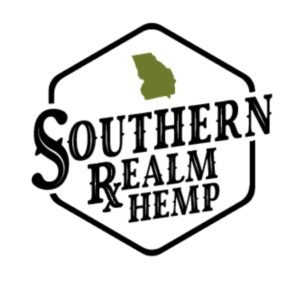 Once Westerholm and Fonzo decided on transitioning to hemp, they met with growers and researchers around the industry to learn about various production methods. Geographically located within the largest poultry industry in the nation, Westerholm and Fonzo turned to a facility type that there was an abundance of: commercial chicken houses.
Once Westerholm and Fonzo decided on transitioning to hemp, they met with growers and researchers around the industry to learn about various production methods. Geographically located within the largest poultry industry in the nation, Westerholm and Fonzo turned to a facility type that there was an abundance of: commercial chicken houses.
“We connected with people all over the country and we started gathering their feedback — positive, negative,” says Westerholm. “We must have run into 50 people that said, ‘Don’t do it.’ But we were lucky enough to connect with Griffin, and Peter Armando and his team, and next thing you know we’re on a couple conference calls.”
From Idea to Reality
Westerholm and Fonzo turned to Armando’s GGSPro team at Griffin Greenhouse Supplies to start planning out their facility’s transition from poultry production to hemp. GGSPro is a team of horticultural experts that provide technical support to help growers with crop quality and profitability.
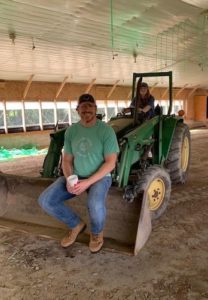
“In the chicken industry, the coops only have a certain shelf life and then they move on to a new coop,” says Armando. “So these structures exist all over the South. They’re usually 30 to 40 feet wide, anywhere from 200 to 400 feet long.”
Southern Realm’s conversion from chicken house to hemp facility was a first for Griffin, Peter Armando says. But the idea has since been brought up to his team by other growers.
Southern Realm has two chicken houses, totaling about 32,000 square feet, for production use. But production is growing in phases, with current production space at 4,000 square feet. After selecting the right seed, Southern Realm began its cloning operation with a little over 400 plants.
Westerholm, Fonzo and Griffin’s GGSPro team worked together to decide what equipment could be kept and what would need to be replaced. The commercial chicken house came with good bones that needed few adjustments to lend itself for hemp production. The existing shade and blackout curtains, fans and baffle boxes were kept. Injectors previously used to deliver medication into water lines for the chickens were repurposed for irrigation needs.
Changes made to the facility included adding a Lumite groundcover on the gravel floor to add drainage, heat and dehumidifiers, insect screens, and LED lighting. The chicken house’s wood structure on the inside was covered up with TekFoil insulation.
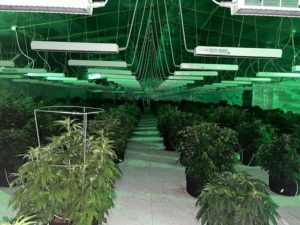
Challenges and Successes
Initially, there were issues with maintaining the right temperature and humidity. When the temperature outdoors would drop, Westerholm used the heat from the lights in the facility to help maintain temperature. The fans and baffle boxes that were already part of the chicken house were used to air out when temperatures got too high.
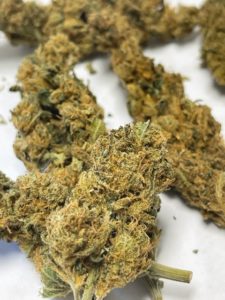 Finding the right water temperature was another initial challenge once production began. The operation’s water system works off of a well large enough to run four chicken houses continuously, says Westerholm.
Finding the right water temperature was another initial challenge once production began. The operation’s water system works off of a well large enough to run four chicken houses continuously, says Westerholm.
“We knew we had the water and we knew we had the pressure. The temperature of the water was something that we had to play around with,” he says. “So we ended up having to warm the water slightly before we introduced it to the plants just so we didn’t shock them.”
Gnats were a surprising pest when hemp production began. Atheta beetles were introduced to manage the gnat population and little pest pressure was experienced after.
With creativity and help from the GGSPro team, Westerholm says the kinks have been worked out.
“There was a number of interesting things that popped up on us,” Westerholm says. “But we were able to work around all of that. The house stays pretty balanced now.”
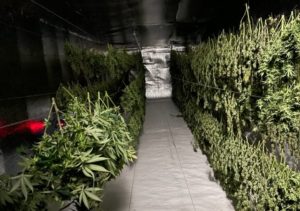
The Endgame
Southern Realm is not organically certified but the fact that people consume its products is always top of mind.
“This is where the hemp world and the restaurant world start to blend,” says Westerholm. “In order to end with a fantastic plate, you have to start with fantastic ingredients. That is always going to be our method toward the production of our crop. The best version we can produce, the better.”
The majority of Southern Realm’s crop is going toward the smokable flower market, with shake and biomass going to the extraction market.
Looking back on their journey, Westerholm says the team is proud of what they have achieved so far with their unique structure.
“We had no idea what we’re doing. We’re growing in a chicken house,” he says. “All of the different things and all of the different roadblocks that have come up, is supposed to be stacked against us and here we are. We’re still standing, so we’re pretty proud of that.”








